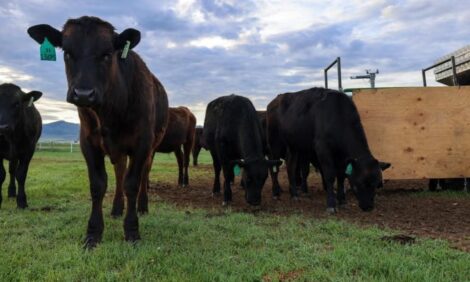



USDA Quarterly Grain Stocks Data Deemed Bearish for Corn, Soybeans
ANALYSIS - Soybean futures prices are leading selling pressure with heavy losses at midday Monday, while corn futures are moderately lower and wheat near steady following bearish corn and soybean stocks data released in the latest U.S. Agriculture Department quarterly grain stocks report.The September 1 U.S. corn stocks figure came in at 824 million bushels, which was well above the trade forecast of 688 million bushels.
Soybeans stocks came in at a higher-than-expected 141 million bushels compared to trade expectations of 126 million bushels as of September 1.
All U.S. wheat stocks came in at a lower-than-expected 1.855 billion bushels, as the trade expected 1.938 billion bushels.
U.S. corn stocks on September 1 are down 17% from year-ago. September 1 soybean stocks are also down 17% from year-ago.
On-farm wheat stocks are estimated at 547 million bushels, down 5% from a year ago. Off-farm stocks are put at 1.31 billion bushels., down 15% from last year.
Corn and soybean futures prices were already seeing selling pressure recently, due to the bearish seasonal U.S. harvest pressure that has U.S. cash basis levels in a generally weakened state.
TheCattleSite News Desk
IMPORTANT NOTE: I am not a futures broker and do not manage any trading accounts other than my own personal account. It is my goal to point out to you potential trading opportunities. However, it is up to you to: (1) decide when and if you want to initiate any traders and (2) determine the size of any trades you may initiate. Any trades I discuss are hypothetical in nature.
Here is what the Commodity Futures Trading Commission (CFTC) has said about futures trading (and I agree 100%): 1. Trading commodity futures and options is not for everyone. IT IS A VOLATILE, COMPLEX AND RISKY BUSINESS. Before you invest any money in futures or options contracts, you should consider your financial experience, goals and financial resources, and know how much you can afford to lose above and beyond your initial payment to a broker. You should understand commodity futures and options contracts and your obligations in entering into those contracts. You should understand your exposure to risk and other aspects of trading by thoroughly reviewing the risk disclosure documents your broker is required to give you.










